They say, your vote counts. But does it? In the last couple of national elections in the USA there have been suspicions, lies and “fake” news. But I’m not going to go there. I’m here today to talk about the recent Mexican National Election and how it compares to elections in the USA.
As a dual citizen (Mexico & USA) I can vote in both countries. Those of you that have known me for some time, will remember that I only just became a US Citizen in 2013 when I was living in Los Angeles. When I walked out of the Swearing-In Ceremony on the day I officially became a citizen, I was able to register to vote. And I did so proudly, registering as a Democrat.
There was an election in 2014 while I was living in Michigan. It would be my first time voting as a US Citizen. It was a mid-term election for the offices of Senator and Congress, among others. I remember the polling station was in a Temple. Moving forward to 2016, that election was my first time voting for the Office of President. I was living in New York City at the time, and got up early before work and walked to my assigned polling station. It was actually only a block away from my apartment. It was held in a Community Recreation Center. I happily and eagerly voted for Hillary Clinton for President. I was absolutely convinced she would win. As we all know, that did not happen. Very sad time for me, and for our country, frankly. The last time I voted in the USA, I was living in Texas. It was November, 2020. By now you must have guessed that I voted for Biden for President. My polling station was in a Church very close to my apartment. In all these cases, voting was done electronically, in addition I believe all 3 states offer early voting (usually 2 weeks before Election Day).
The voting procedures vary from State to State. And I’ve had experience in three different States now. In some States, you have to provide a photo identification (ID), in others you do not. Voter Registration cards are mailed to you, they are paper, no picture and not laminated. They are effective for a year or two. Samples of all three States’ voter identification (ID) cards are below:
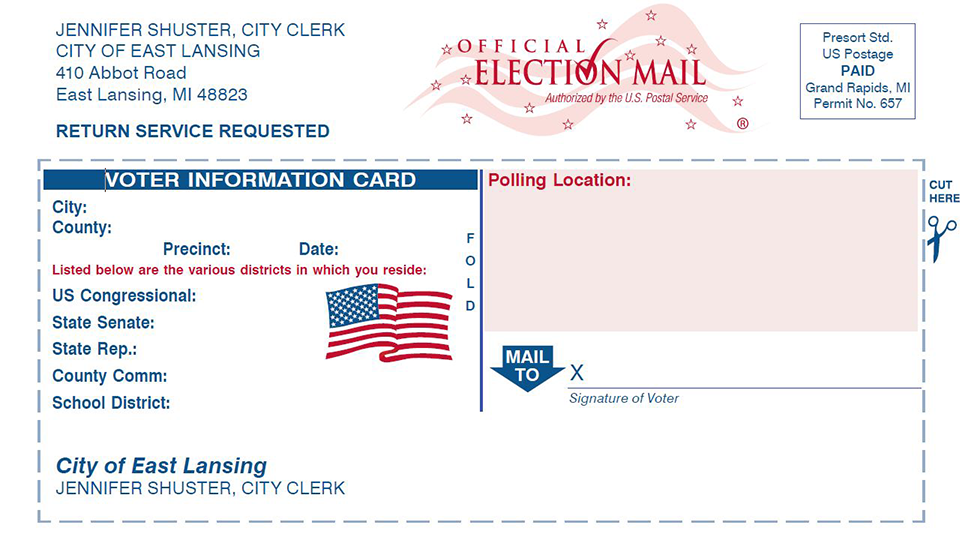
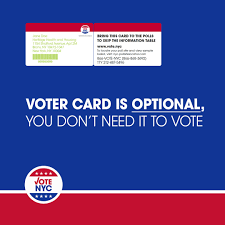
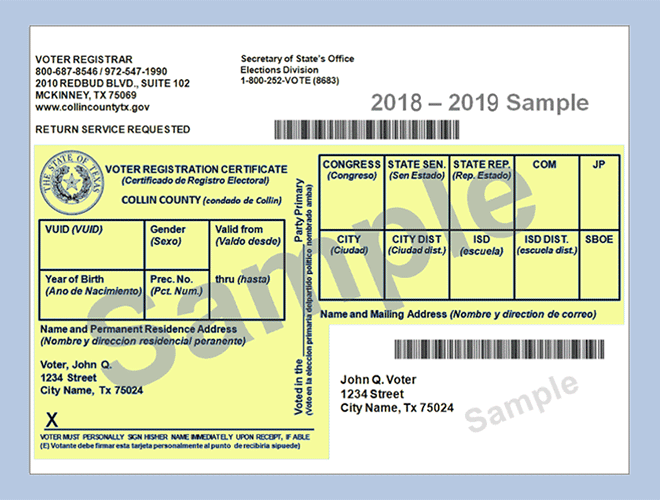
In the United States the stated-issued Driver’s License is THE official identification card used for just about everything (international travel still requires a Passport). Whereas in Mexico, let me tell you how I acquired my driver’s license. I was living in Veracruz at the time, and since it doesn’t expire until 2025, I’ve kept it. But when I did go, it was another very interesting situation. You line up outside the office. I had to take proof of residence (a utility bill), my Mexican Passport, my Birth Certificate (now easily accessible online) and my “CURP” (social security card equivalent in the USA, also accessible online). The Office of Driver’s License reviews your documents and issues a receipt. That receipt is for the cost of the license, which is not paid at the office. They do not take any payment there. Fortunately, the office that I visited had a Bank two doors down. The payment is made at the Bank then another receipt is issued and you return to the Driver’s License Office.
You are given an eye test, some biometric information (height, weight & blood type) is annotated along with a photo and voila! in a short time of waiting again outside, you get a driver’s license! No test at all. Wow, huh? So, yes the driver’s license is used for driving, but little else. The official identification in Mexico is the Voting Credential issued by the National Institute of Elections (INE in Spanish).

The INE is the official federally-issued identification card for all Mexican citizens. We can travel nationally with it, and we cannot vote without it. Everywhere you go, the bank, the Doctor’s office, the airport, and most other places where you need an ID (identification), you are asked for it. I got mine shortly after arriving in Mexico back in 2021. When I moved to Bucerias, Nayarit, I did go to my local INE office to change my address and a new INE was issued. I’m glad I did it or I would not have been able to vote.
That brings us back to voting in Mexico. Election Day for federal positions (ie: Senators and Congress people along with the President) was Sunday, June 2, 2024. National Election Day is always on a Sunday. In the USA it’s always the second Tuesday of November. In Mexico, I learned this year, liquor is NOT sold the day before and the day of the national election. Interesting, huh? Some specifics are legislated by the local municipality. I understand in some cities, restaurants cannot even sell liquor. I didn’t test this as I didn’t go out for a drink either day.
Now, on to the actual voting process in Mexico. Very, very different from the USA. It’s all manual, which means paper and pencil. Except it’s not a pencil, nor a pen, it’s a large black crayon. Yes, a crayon (pictured below). And the ballots are on a special paper, full color and printed in books. The election volunteer tears out each sheet and hands them to the voter. In this election, in my district, there were 6 different ballots for 6 different positions that we were voting on.
When you enter the polling place, in my case a local elementary school, you stand in line. We found that there was a line for senior citizens, and yes, I lined up there. I went to vote with my neighbors. There were 5 of us that went to vote together. Here’s another interesting anecdote. When we arrived at 8:45am, the polls were supposed to be open at 8am. But they were still not open. It seems that the election volunteers had not arrived. We later found out that in many polling stations, the volunteers did not arrive. I read that many were threatened and others were “bought.” Most unfortunate. My polling location was able to get regular citizens, from the line, to volunteer, so the entire polling station was run by newly selected volunteers. So, yes, it was a bit of a disorganized mess.
There were three lines near the school: one shorter line for senior citizens, a bit of a longer line for everyone else and a third line
At about 9:30am, after standing in the hot sun for a bit, they called last names A-G from the senior citizen line. Hooray! Of the 5 of us, that included 3 of us. So off we went inside the school and stood in line again. Once we entered one of the three classrooms where voting booths were located, we were asked our names by one of the volunteers and turned in our INE (voter’s card). They hold on to the INE until you finish voting.
OK, still with me? Another volunteer checks my name in the book of voters. Yes, a book. Not a computer. The books are printed in alphabetical order and each of the 3 classrooms have the corresponding book by last name. If your name is not in the book (for example, if you moved and did not let the INE office know), you will have to line up in the “non-locals” line. A very, very long line. Once my name is found, I am offered a black crayon to go into a table top voting booth. Remember, I have 6 pieces of paper, exactly like the ones below. My neighbors (and others) told me not to use the crayon or pen offered at the polling station, but rather to bring my own (which I did). Allegedly, there have been cases of pens that don’t work (disappearing ink)!
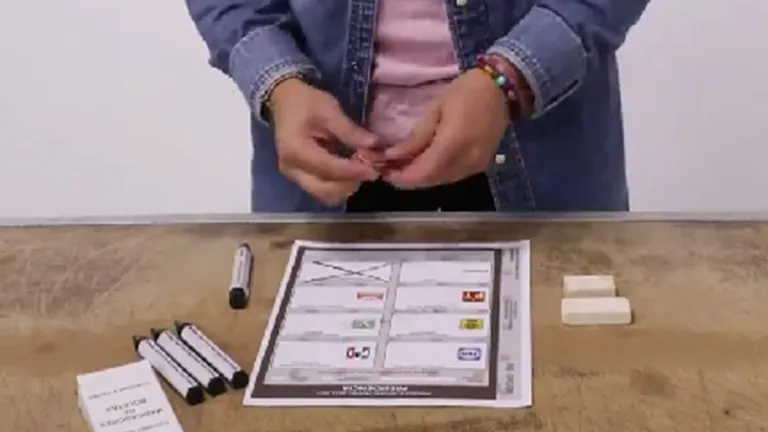

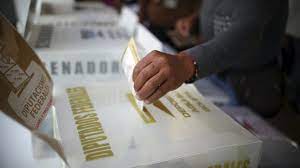
Once you finish with your ballots, there are 6 corresponding boxes that are color-coded the same as the ballots (see above). They are marked so you know where to put your ballot. I noticed the other ballots in the box were folded in 4. So I did the same. There was nobody overseeing the entries into the ballot boxes. The Honor System, I assume.
Here’s another super interesting fact. In Mexico, there’s an ink that marked all voters on Sunday. It’s called the “mark of democracy” and is used in Mexico and other countries in Central America. It lasts eight days and is made out of acetone, chlorine, and other solvents. It was first invented by a Mexican chemist for the 1994 elections. Its composition adheres to the cell nucleus, so it is only removed when the skin is regenerated, impeding fraud. I was “marked” after I voted. But the dispenser (a roll-on) wasn’t dispensing ink properly, so my “mark” was very light and it didn’t last 8 days. (information found on EuroNews.com)
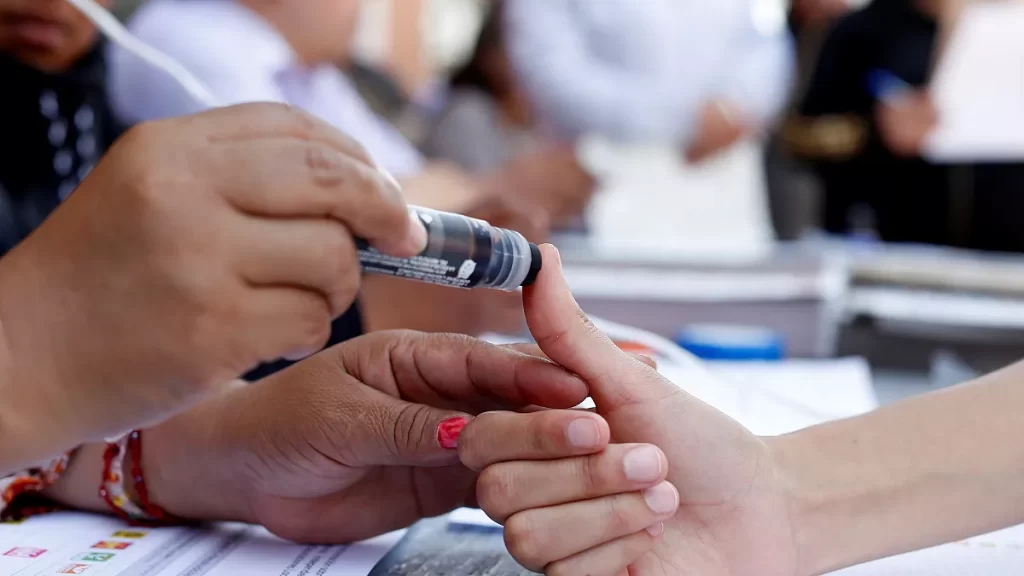


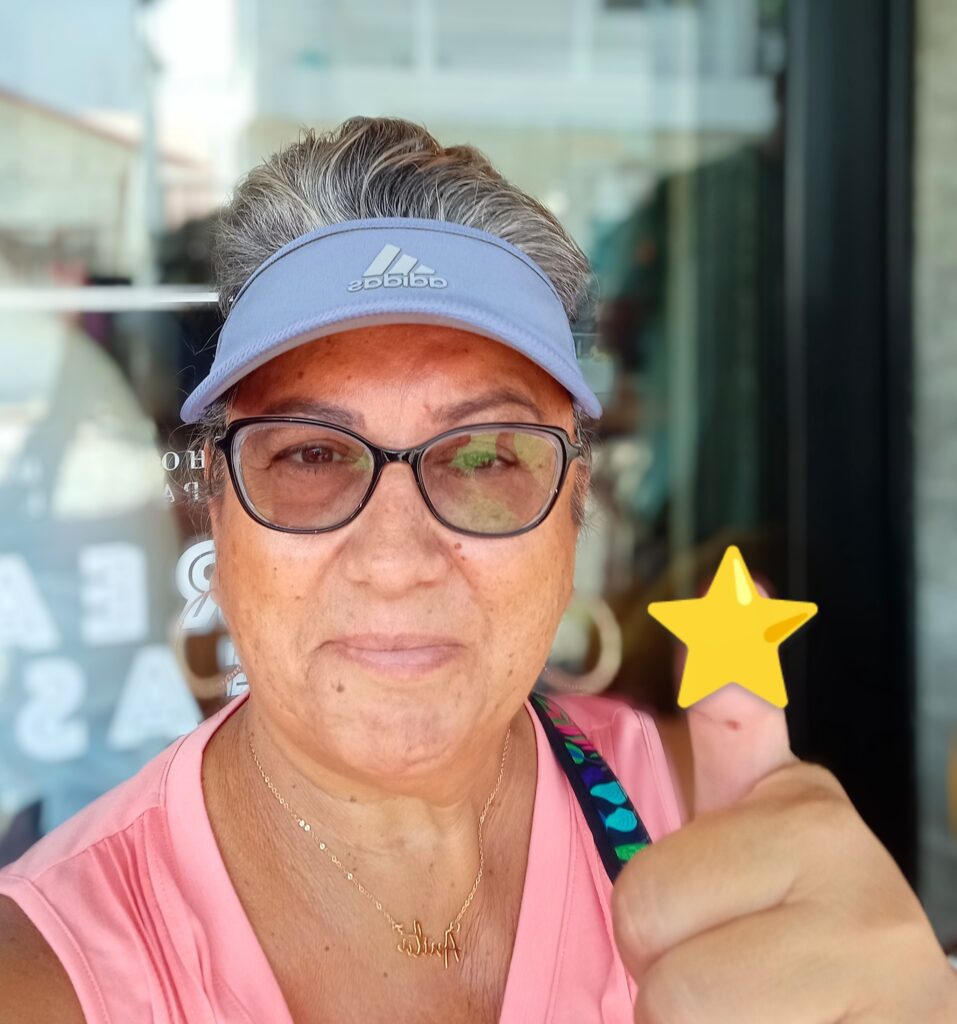
So, I voted. And in Mexico, on Election Day, some businesses offer something for free by showing your thumb with the election ink. After voting my neighbor group went to brunch, and I asked if they were offering free coffee or something. Unfortunately, they were not. I did read that Starbucks was offering free coffee with a thumb print. But, you know, I don’t drink coffee.
México elected its first female president last week. The top 2 candidates were both women – so it was inevitable that a woman would win. That’s quite an accomplishment, especially for a Latino country. I’m proud that a woman won. But like our upcoming election in the USA, voting was merely a selection of the best of the worst. Neither candidate was ideal. One represents the current party in power (MORENA) and the other, interestingly enough, was backed by a coalition of several parties all aligned with the candidate.
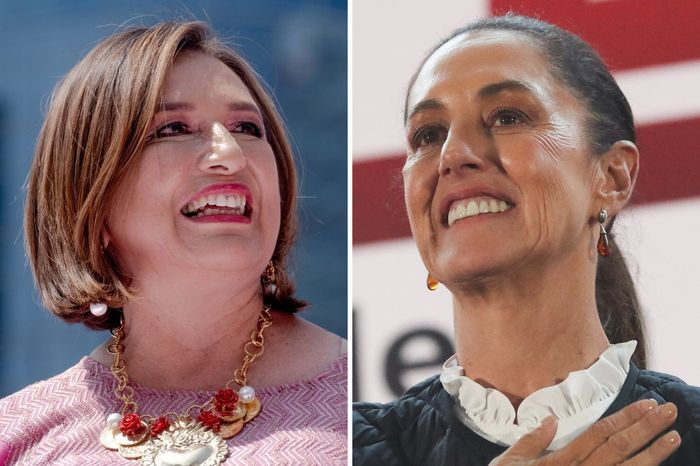
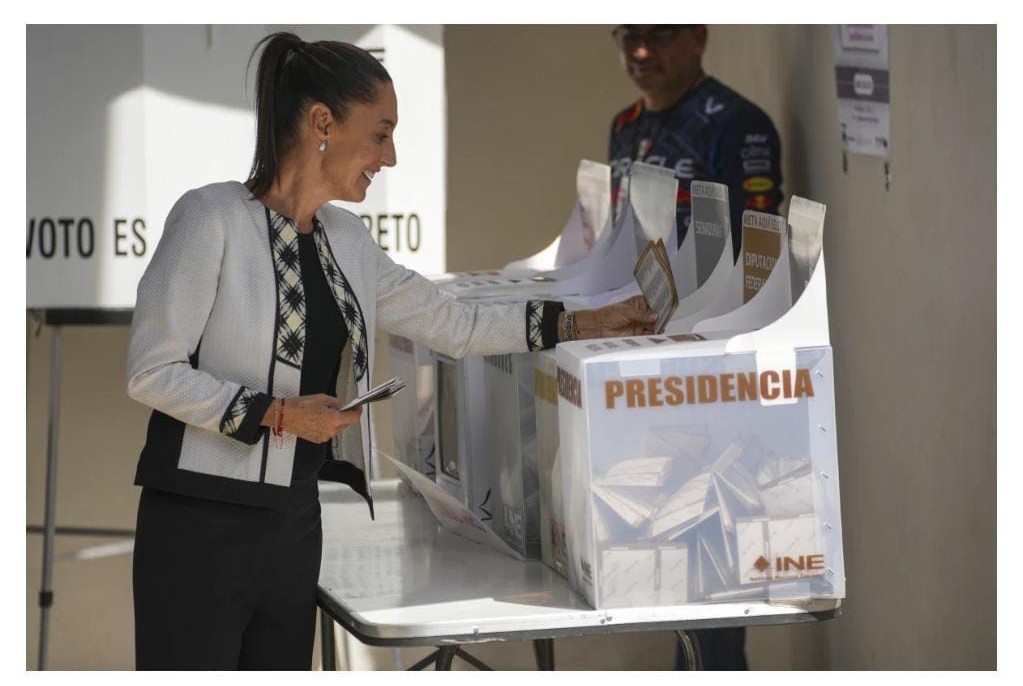
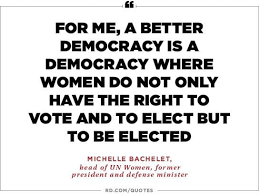


4 responses
Do you still have the Flag I gave you?
It’s in my storage unit!
AC
Quite a process!
Thanks for sharing.
Interesting comparison. I enjoyed reading about the process here in Mexico.